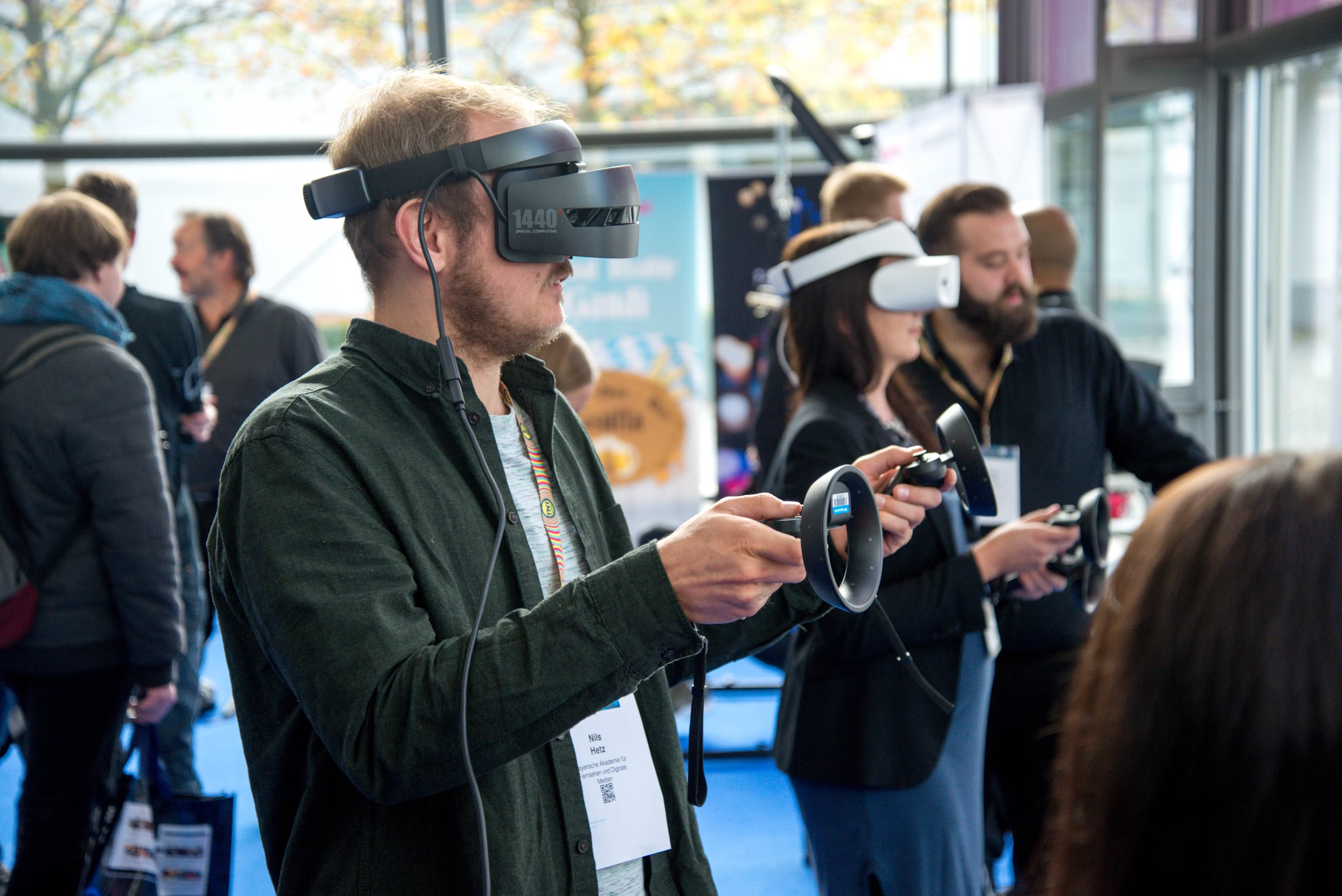WHAT IS THE NEXT STAGE OF EVOLUTION FOR OUR COMMUNICATION?
I’ve been asking myself and the world around me of what’s next for the evolution of cell phones — what will our world look like beyond what we’re using today in the form of Smartphones?
The Evolution of the Telephone: From Dial Phones to the Future of Communication
The evolution of communication technology has been a journey of innovation, moving from bulky, stationary devices to compact, intelligent, and highly integrated systems. The earliest widely used phones were rotary dial telephones, mounted on walls or sitting on desks, connected by a long cord. These phones required users to manually dial each number by rotating a circular dial, making communication a deliberate and somewhat slow process. Despite the limitations, they symbolized a breakthrough in personal connectivity, allowing people to reach each other instantly across distances without relying on letters or telegrams.

As technology advanced, pagers emerged as a new way to stay connected in the late 20th century. Initially, these devices could only beep or display a number, prompting users to find a phone to return the call. Eventually, word-scrolling pagers appeared, allowing for brief messages to be transmitted, revolutionizing instant communication for professionals, especially doctors and businesspeople.

However, pagers still lacked two-way conversation capabilities, leading to the next leap: the car phone in a bag. These early mobile phones were large, often installed in vehicles, and carried in a bag with a battery pack. They were cumbersome but represented the first taste of true wireless communication.
The brick cell phone, popularized in the 1980s, was the first handheld mobile phone that didn’t require a car connection. Large, heavy, and limited in battery life, these devices were initially a luxury for the elite but quickly gained traction as cellular networks expanded. By the late 1990s, flip phones became the dominant form of mobile communication, offering a sleek, compact design with improved battery life, text messaging capabilities, and even basic internet browsing. This period marked the transition from phones being purely about voice calls to becoming multimedia devices.

The smartphone revolution transformed communication forever. With the introduction of touchscreen technology, high-speed internet, and powerful processors, smartphones became an all-in-one tool for calls, messaging, video conferencing, social media, and even work productivity. Artificial intelligence and voice assistants like Siri and Google Assistant brought an entirely new level of user interaction, while app stores created an entire ecosystem of services that extended far beyond simple communication.

The Future of Phones: What Comes Next?
As we look ahead, the next stage of evolution in phone technology will likely move beyond physical devices entirely. With the rise of augmented reality (AR) and virtual reality (VR), smartphones may be replaced by wearable or implantable technology that integrates seamlessly with human biology. Brain-computer interfaces, like those being developed by companies such as Neuralink, may allow for thought-based communication, eliminating the need for touchscreens or even voice commands.
Another likely advancement is holographic projection technology, where devices will no longer need screens but instead create immersive, interactive 3D interfaces in midair. AI-powered assistants will continue to evolve, becoming even more intuitive, predictive, and personalized. Quantum communication and decentralized networks could also redefine how we connect, offering ultra-secure, near-instantaneous global communication without reliance on traditional cellular towers.

In essence, the future of phones may not even involve “phones” at all. Instead, we are moving toward a world where communication is instant, seamless, and deeply integrated with our daily lives, bridging the gap between the physical and digital worlds in ways that were once considered science fiction.
Communication towards Perfection
As instant communication evolves beyond physical devices into seamless thought-based interfaces, holographic projections, and AI-driven networks, society moves toward a state of heightened efficiency, understanding, and interconnectedness. The ability to instantly share knowledge, emotions, and solutions in real time fosters a world where collaboration transcends language barriers, misinformation is minimized, and decision-making is optimized through collective intelligence. With technology integrating directly with human cognition, innovation accelerates, leading to breakthroughs in medicine, governance, and education that eliminate delays and inefficiencies. In this perfected society, global consciousness expands as individuals operate with enhanced awareness, empathy, and shared purpose, forging a civilization where communication is no longer a barrier but the very foundation of unity, progress, and collective evolution.




A lot of interesting information I dive into the unknown
Mmm, well that’s not for me! That collective intelligence sounds like a hive mind. I’d rather keep my own mind private and stay sovereign thank you.
Is it possible that I have already experienced some sort of thought AI interface? The other day I was thinking about something and before researching it at all, the subject started popping up on my phone. I am 99.99% certain I hadn’t typed it in on my phone yet and definitely sure I hadn’t spoken about it aloud. I do use my phone excessively and exclusively to get my information. I even stop during your decoding videos, any video, to cross reference and search words, concepts, symbols, numbers, etc as I watch.
I am leaving a huge data imprint for AI to track. I use Chat GPT and Google a lot. I’m wondering if AI is already predicting what I might be thinking next based on my data history and patterns.🤔
Biocyber interface,digital twin,Smart healthcare,Smart bio SURVELLIENCE,internet body of things(IBOT),visible light communication(VLC),lifewave particles(photo therapy),galvanic coupling-skin response,body area networks (BAN),Nano sensors, I.E.E.E.org A.I. knows every breath you take,every thought, and can of curse voice to skull tech has be ongoing for 60 years.Nat.Sec. ,DOD.Homeland etc. Against your vote or choice under the guise of military def. So those plane trails and purple and led lights are more than many think ,smart dust and nano sensors are on and in everything and everyone for 20 years.